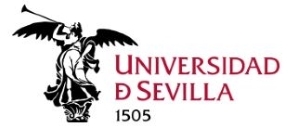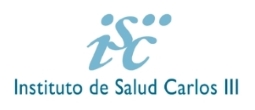Below, we describe some of our lines of research:
- Analysis of epithelial organization realistically, scutoids:
By analysing how epithelia are organised in 3D, we have discovered that the cells take on a new geometric shape that we call "scutoids". This surprising result provides a more realistic framework for understanding and explaining the architecture of epithelia. Now, we plan to apply our expertise in developmental biology and epithelial packaging to investigate biomedical problems using organoid cultures.
- Neuromuscular diseases:
We collaborate with neurologist Dr. Carmen Paradas in the study of neuromuscular diseases in general, with a special emphasis on Amyotrophic Lateral Sclerosis (ALS). To this end, we have established a multidisciplinary team made up of neurologists, pathologists, biomedical researchers and engineers (CIBEERNED Group 613, PI: Dr. Paradas). Together we investigate neuromuscular disorders using computational image analysis tools.
- Cellular and molecular mechanisms of myogenesis:
Dr. Beatriz Estrada directs an independent line of research focused on the study of the cellular and molecular mechanisms that underlie the development and maintenance of muscles. These studies are crucial to understand and ultimately treat muscular dystrophies that have a high incidence in the population and cause a progressive deterioration of the musculature and ultimately the death of individuals. To this end, he uses Drosophila melanogaster as a model, as it has been validated to study the cellular and molecular basis of myogenesis thanks to the evolutionary conservation of the mechanisms involved.














